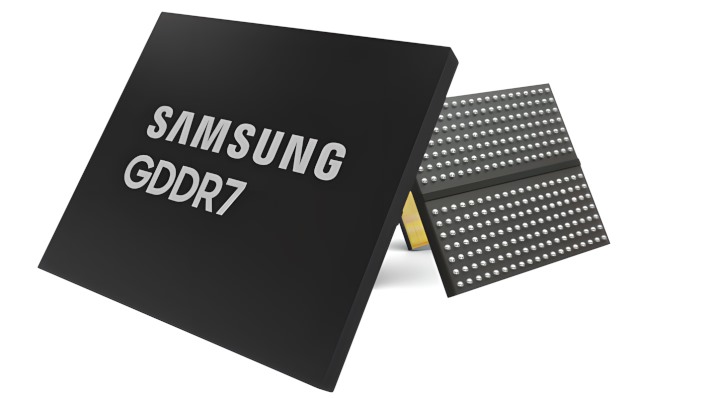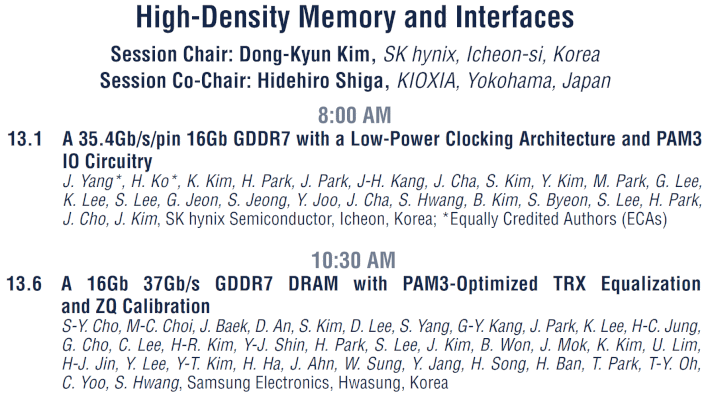Samsung GDDR7 Memory Is Coming With A Huge Bandwidth Lift For Next-Gen GPUs

There are a few key specifications that heavily influence the performance of a graphics card. GPU fillrate—the rate that it can "fill" polygons with color—is a major one. GPU compute throughput is another, and arguably more important in the modern era. However, one of the oldest specs remains one of the most important: memory bandwidth. GPUs are massive parallel processors, and that means they need enormous amounts of data to mangle.
Currently, the fastest memory deployed on a consumer graphics card is the 23-Gbps GDDR6X memory that comes on the GeForce RTX 4080 SUPER. This is even faster than the 22.4-Gbps RAM on the original recipe RTX 4080 SUPER. Such stratospheric transfer rates allow the RTX 4080 SUPER to achieve memory bandwidth of 736 GB/second on a relatively modest 256-bit memory interface. By comparison, the Radeon RX 7900 XTX achieves 960 GB/second with a 50% wider memory bus.

Samsung's about to blow those numbers out of the water, it seems. The conference timetable for the International Solid-State Circuits Conference (ISSCC) includes two entries for presentations by Samsung on its upcoming GDDR7 memory, and the session titles describe the RAM as achieving transfer rates of 37 Gbps thanks in part to the use of PAM3 signaling. That lines up with what Micron said about its own GDDR7 memory last year.
GPU vendors rarely go with the absolute fastest memory available; Samsung announced 24-Gbps GDDR6 memory awhile back, but nobody has implemented it to date. If we assume that a next-generation GeForce or Radeon card comes along with, say, 32-Gbps RAM, we're looking at a full 1 terabyte-per-second transfer rate on a 256-bit bus. On a wider bus, like the 384-bit bus on the Radeon RX 7900 XTX, you'd have 1.5 TB/second of memory bandwidth.

That kind of performance could put a GPU with discrete memory ICs in direct competition with GPUs using complex packaging to attach high-bandwidth memory. The NVIDIA A100 used five stacks of HBM2 to achieve 1.51 TB/second, although that's a slightly older part at this point; the Green Team's latest beastie, the GH200 Superchip, deploys HBM3e to achieve some 4.9 TB/second of memory bandwidth.
So saying, GDDR7 isn't likely to replace HBM anytime soon, but it's still likely to be a huge step forward for consumer graphics cards when it hits in 2025. With this kind of memory bandwidth on tap, gaming in 4K might become passé. We'll probably know more about Samsung's GDDR7 after ISSCC concludes on February 22nd.

